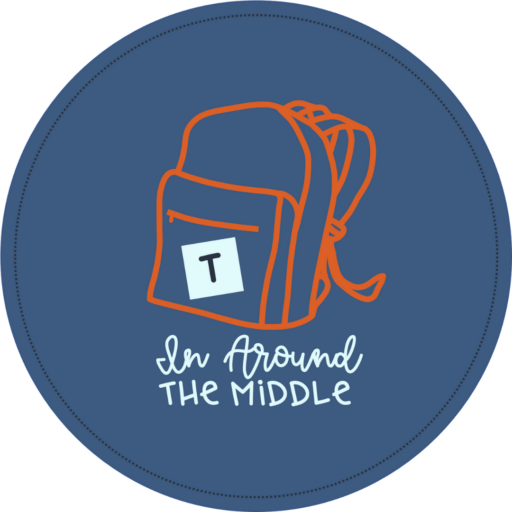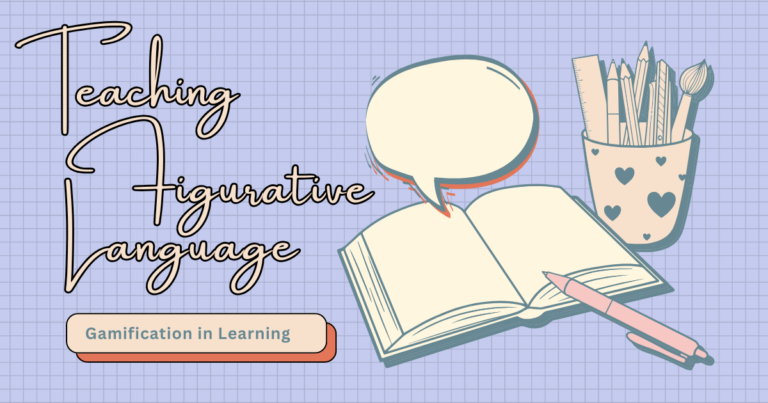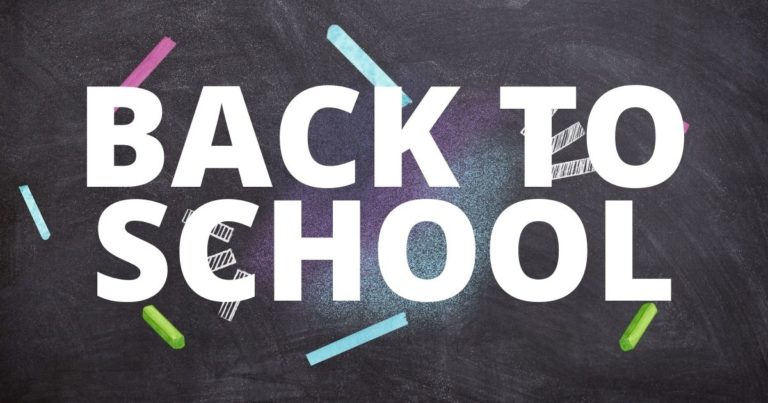Magical Mystery Stories: Teaching Inferences in Reading Comprehension Made Easy

Autumn’s crisp air and Halloween vibes make October the ideal month to sharpen inferences in reading comprehension with a dash of mystery and suspense. When students are captivated by spooky stories or eerie clues, they naturally lean into thinking critically—piecing together context clues, examining motives, and drawing conclusions. This blog post shares a range of exceptionally engaging teaching inference activities that tap into that seasonal energy—plus links to ready-to-use, teacher-tested tools to make your planning easier.
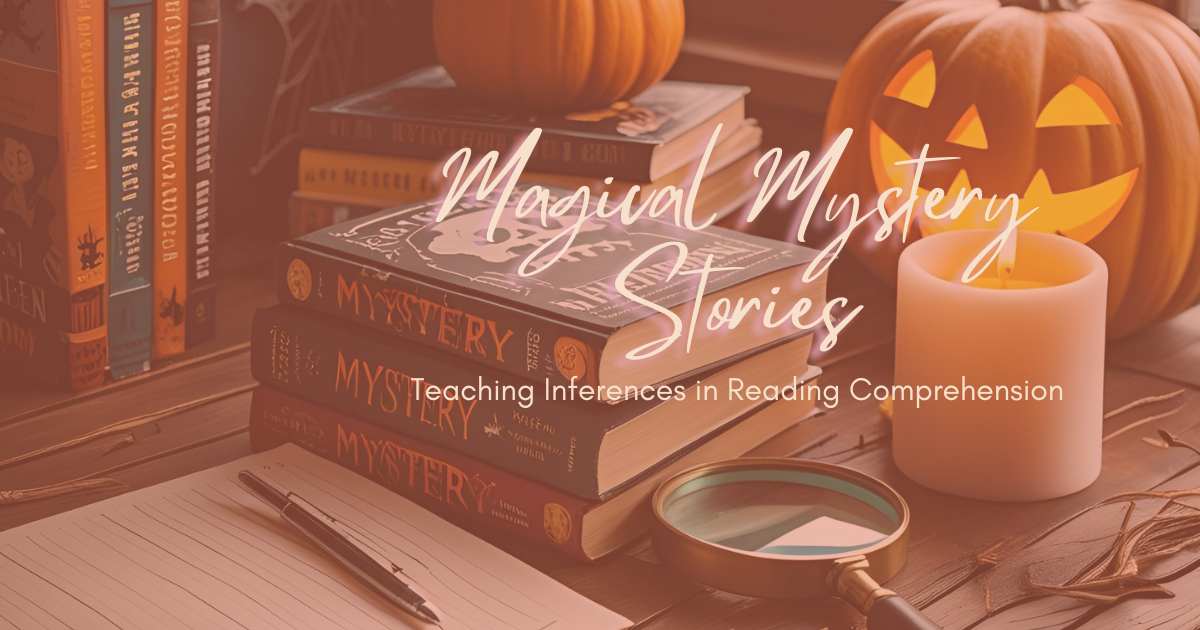
What Are Inferences in Reading Comprehension?
In classroom practice, “inferences in reading comprehension” means helping students go beyond what’s directly stated—using evidence from text and background knowledge to interpret meaning, intentions, and themes. Mystery and suspense stories are built for this, with clues hidden in details, red herrings misleading the unwary, and twists waiting to be predicted. When students infer during Halloween-themed stories or tasks, they’re practicing meaningful, high-level comprehension without even realizing.
Why Mystery & Suspense Make Teaching Inference Activities Easy
Spooky stories, haunted mysteries, or eerie short texts naturally sow curiosity—and curiosity demands inference. You’ll find students lean in, ask questions, and connect dots without being coached. October’s spooky ambiance gives everything an extra layer of intrigue, turning straightforward inference practice into something memorable. That emotional engagement is gold for comprehension.
Engaging Teaching Inference Activities for October
Here are some high-impact, seasonal teaching inference activities you can use right now:
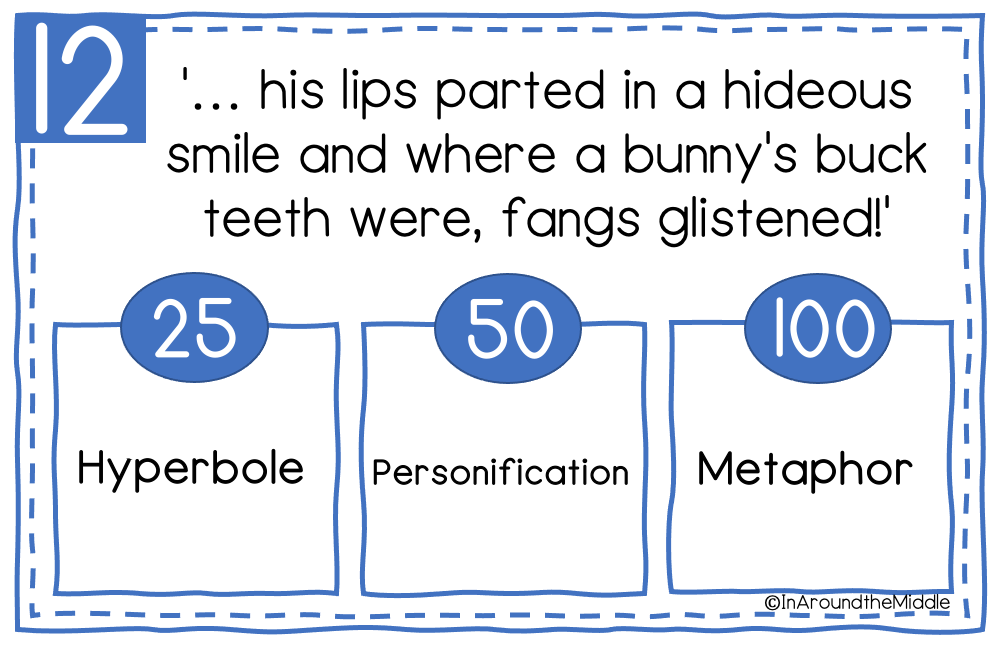
- Mystery Clue Hunts
Scatter “clues” around the room—students gather textual hints (e.g. a torn diary page, a strange drawing) and infer what happened. - Suspenseful Story Predictions
Pause during a Halloween story (e.g. just before the reveal) and have students predict the outcome with text evidence for support. - Halloween-themed Inference Task Cards
Use spooky prompts (e.g. “Footsteps echoed down the dark corridor, but no one was there…”) to ask: What can you infer? Use your task cards to scaffold discussions. - Escape Room / Puzzle Inference Challenges
Build a mini escape-room puzzle with clues that require students to infer passwords or hidden messages to “escape.” A perfect blend of fun and focus.
If your students thrive on moving around the classroom while learning, these activities pair beautifully with the strategies I shared in From Chaos to Connection: The Magic of Movement-Based Activities in the Classroom.
Texts & Genres That Bring Inference to Life
Here are some middle-grade texts that are perfect for practicing inferences in reading comprehension—especially when paired with an October twist:
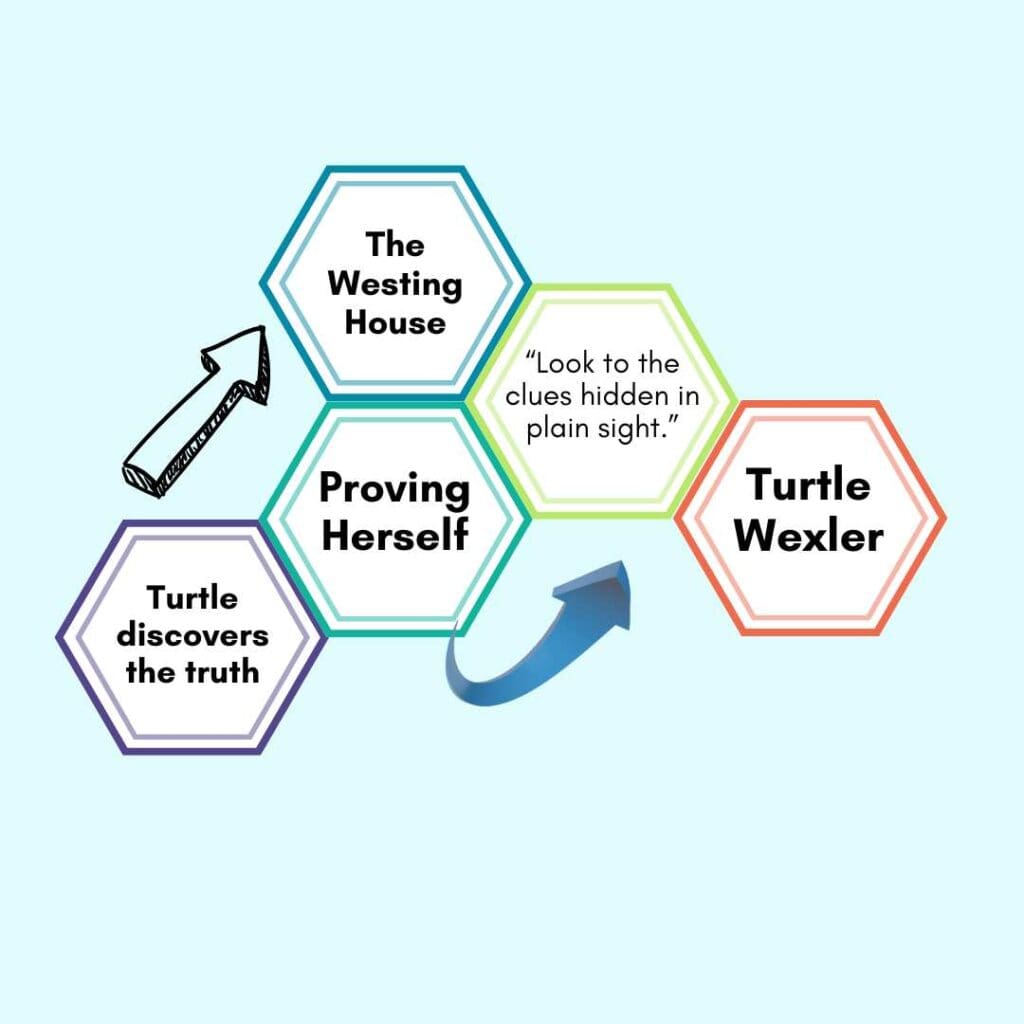
- The Westing Game – students infer motives from quirky characters.
- City Spies (Carrie Jones) – urban mystery with layered clues.
- Encyclopedia Brown – classic short mysteries that invite inference.
- Seasonal Short Stories – ghost tales, creepy legends, or teacher-created mini-mysteries.
Using one of these texts, pause periodically to ask: What do you infer about…? You’ll be promoting comprehension through active engagement.
From October to Year-Round: Why Inference Matters
Inference isn’t seasonal—it’s foundational. Students who can make inferences in reading comprehension are better equipped to analyze characters, themes, and author intent in any genre. Align this to standards like CCSS RL.4.1–6.1, which emphasize deriving inferred meaning from text. These skills stick when practiced within contexts students care about—like Halloween mysteries—and then transfer to academic reading across the year.
If you’re looking for ways to adapt inference tasks for different learners, you’ll find practical approaches in Finally Love Novel Studies: Expert Tips for Differentiating Your Novel Units.
Resources to Save You Time
If you’re ready to take your inference instruction to the next level, here are several tools that align perfectly with both inferences in reading comprehension and seasonal teaching:
- Figurative Language Scavenger Hunts — Turn text clues into inference practice (especially great for spooky settings).
- Debate & Discussion Prompts — Perfect for classroom dialogue around motives, themes, and outcomes.
- Hexagonal Thinking Activities — Connect evidence, character motivations, and predictions in visual, inferential maps.
Check out my store on Teachers Pay Teachers for these inference-focused resources, designed to make your planning seamless and your lessons unforgettable.
Make October Your Inference Month
October doesn’t just bring pumpkins and costumes—it brings the perfect classroom window for deep, engaged thinking. When students chase clues through spooky stories, they’re doing far more than reading—they’re inferring, analyzing, and owning comprehension in a way that sticks. Use these teaching inference activities now, grab my resources to save time, and watch kids crack the code of inference. Happy teaching—here’s to an October full of critical thinking and mystery solved!
Happy teaching
